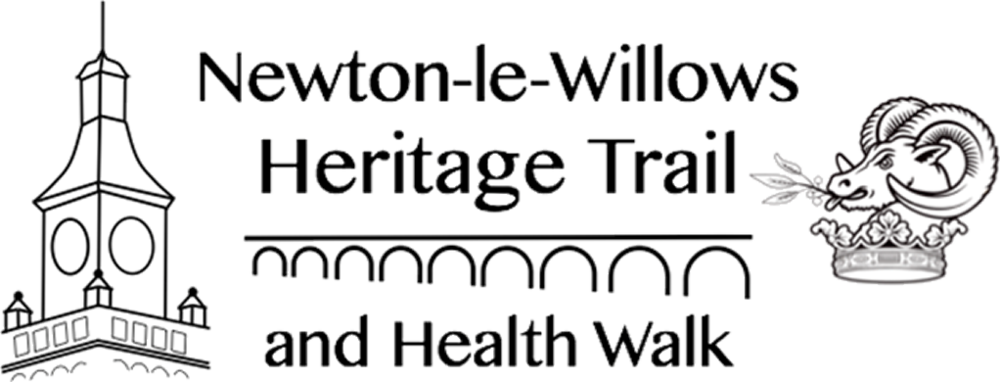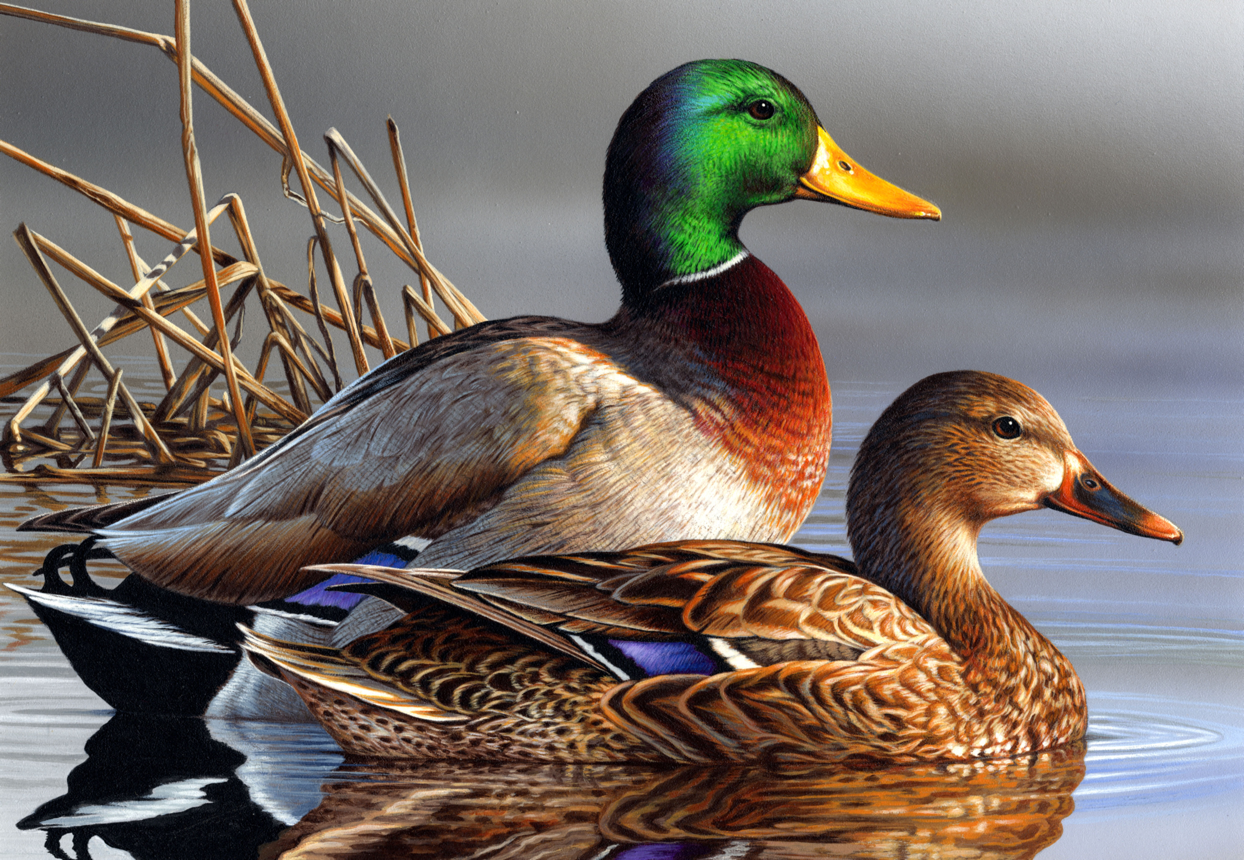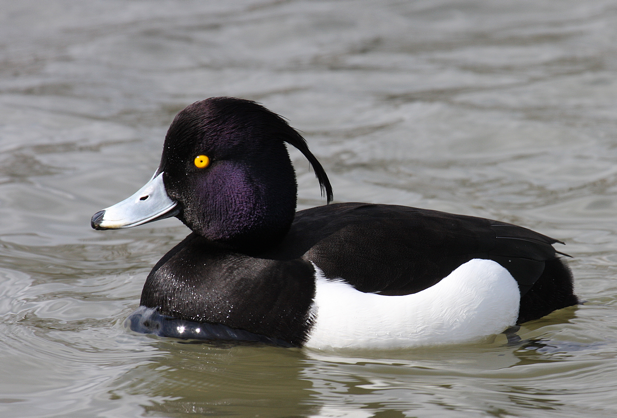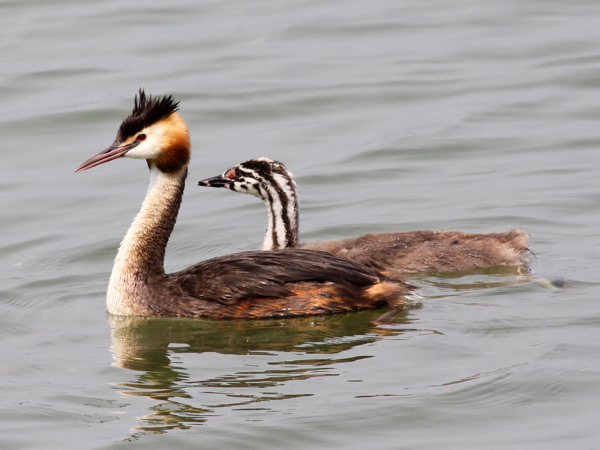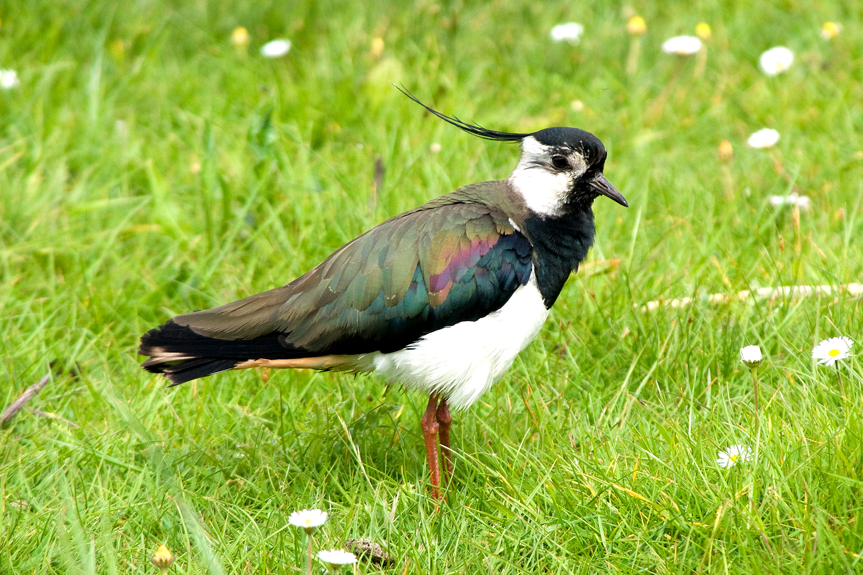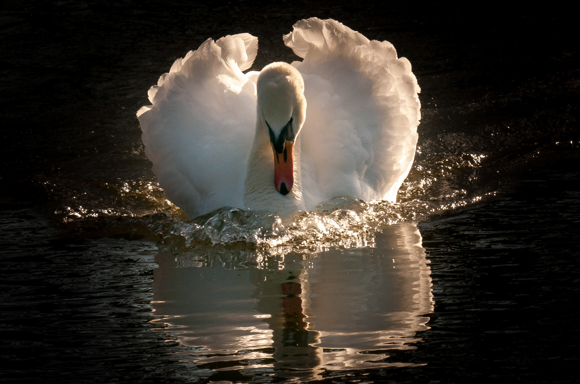Willow Park
Willow Park historically formed a part of the Legh family estate. In the centre of the park, there once stood a prominent house known as The Willows or The Priory, originally two semi-detached houses which were later combined. This was the property of George McCorquodale, the local printing company owner. The house was unfortunately demolished in 1934 (as can be seen from the photograph below) with only some parts of the footings of the house still visible. After the war, the former Newton Urban District Council leased the site, and shortly after, opened the site as a public park.
Newton Lake
Newton Lake was created in 1853 by Thomas Legh, then the Lord of the Manor, and remains the property of Legh Family Estates. It was formed by building a strong embankment across the valley of Newton Brook which is fed by Millingford Brook, and Ellams Brook to the north of Newton Lake. Newton Brook flows through the lake, continuing down the overflow, heading south towards Warrington. As the valley filled with water, a lake of approximately 6.5 hectares (16 acres) was formed. It was created to provide a recreation area for the gentry of the time.
Willow Park
The park today provides a network of tree-lined footpaths, with areas of amenity grassland giving access to a variety of habitats such as woodlands, meadows, wetland and a 6.5 hectare (16 acre) lake. The park forms part of the Mersey Forest, the largest of the 12 community forests in England. This is a joint initiative between local authorities, the Forestry Commission and the Countryside Agency promoting increased woodland cover.
Willow Park is widely used throughout the year for community events such as craft fairs and historical parades. The park also provides part of the Newton Heritage Trail, a 10 kilometre circular walk introducing the history of Newton-le-Willows; a rich and varied tapestry of ancient settlements and industrial evolution.
Jays, Woodpeckers, and even Tree creepers can be spotted at various times throughout the year, with regular sightings of Kestrels hovering over adjacent farmland hunting for small mammals such as voles and mice. More information about the flora and fauna can be found on the plaque near the lake.
Lake Wildlife
Whilst regretted by some, the silting up of Newton Lake can be seen as a positive process. Today the lake attracts a good variety of birds with the familiar Mallard, Coot, Moorhen and Mute Swan as well as increasing numbers of Teal, Tufted Duck, Great Crested Grebe and Blackheaded Gull. Siting of the occasional Common Sandpiper, Pochard, Ruddy Duck, Lapwing and Grey Heron have been recorded, making the silt banks a valuable habitat for waterfowl and other birdlife.
